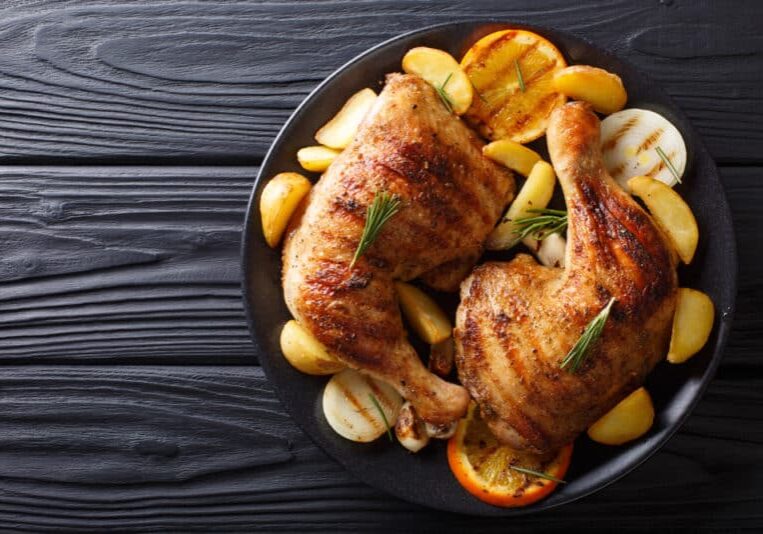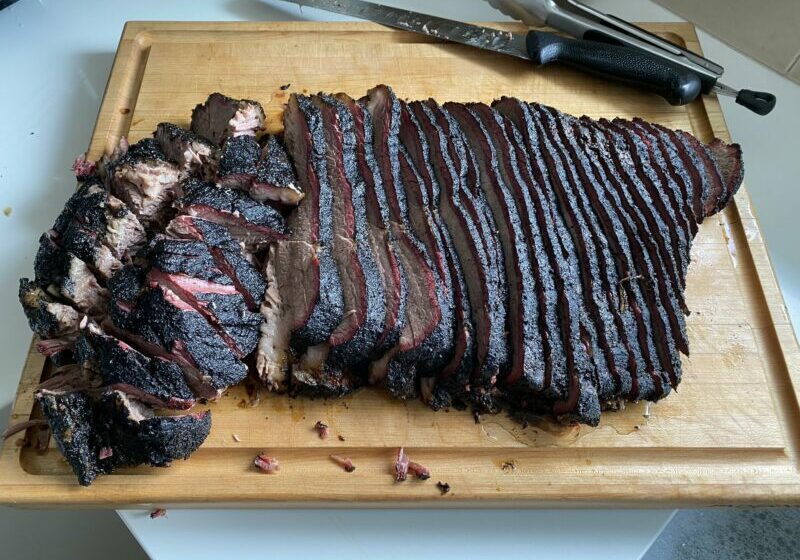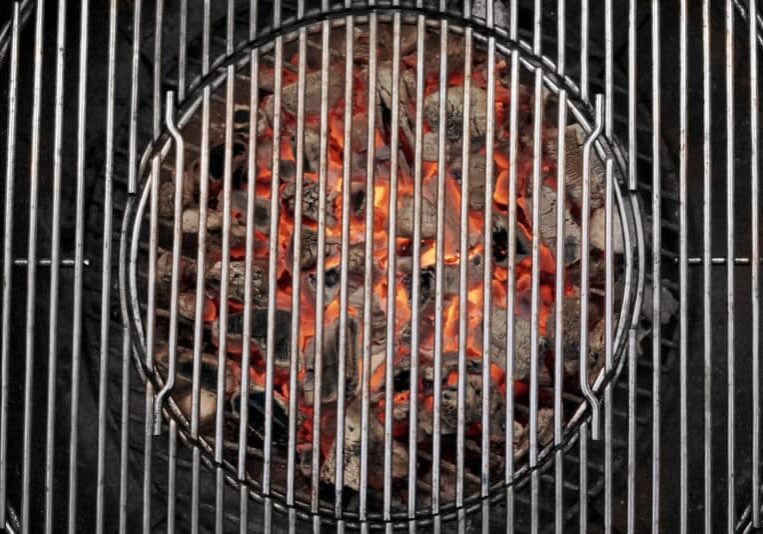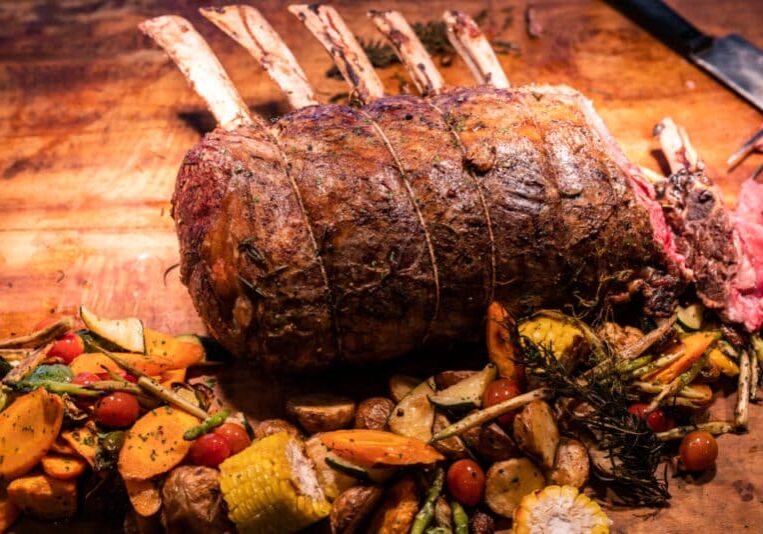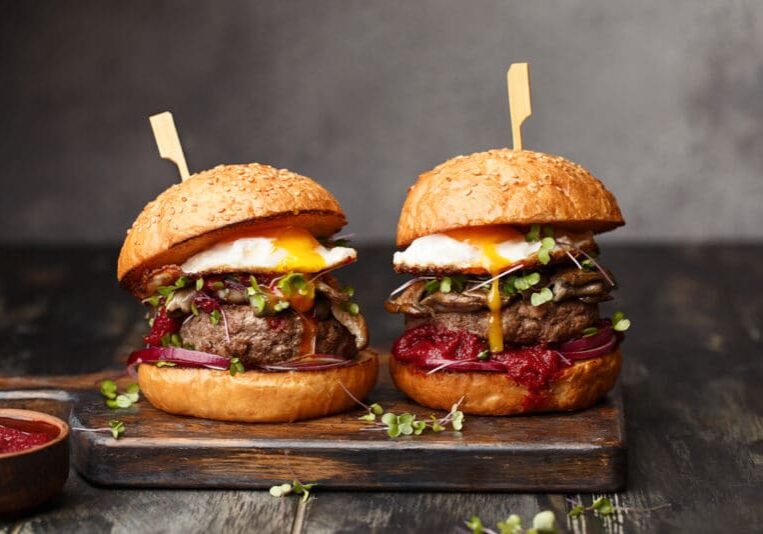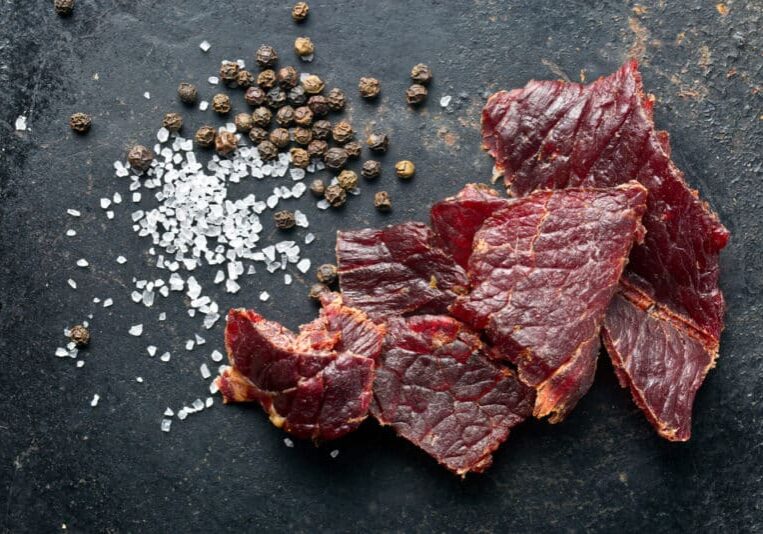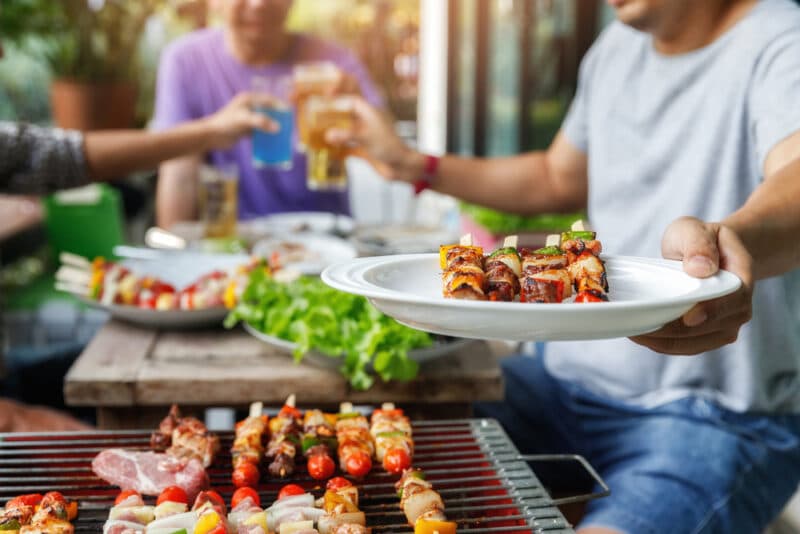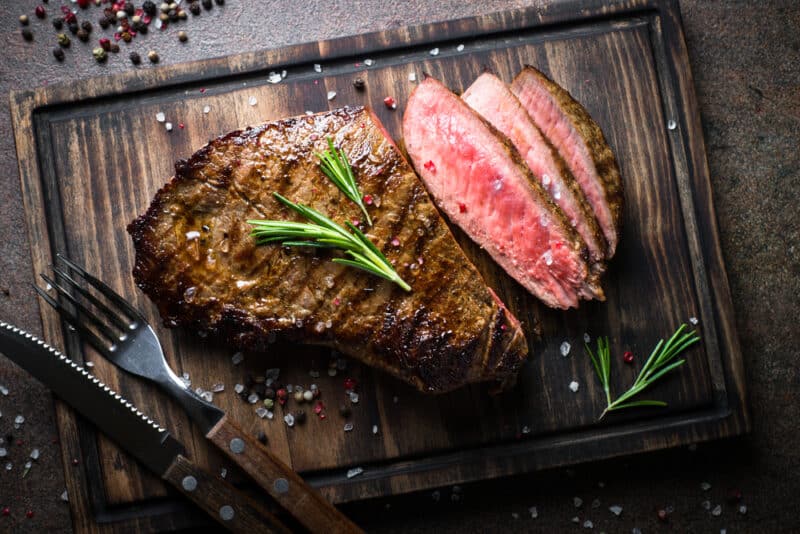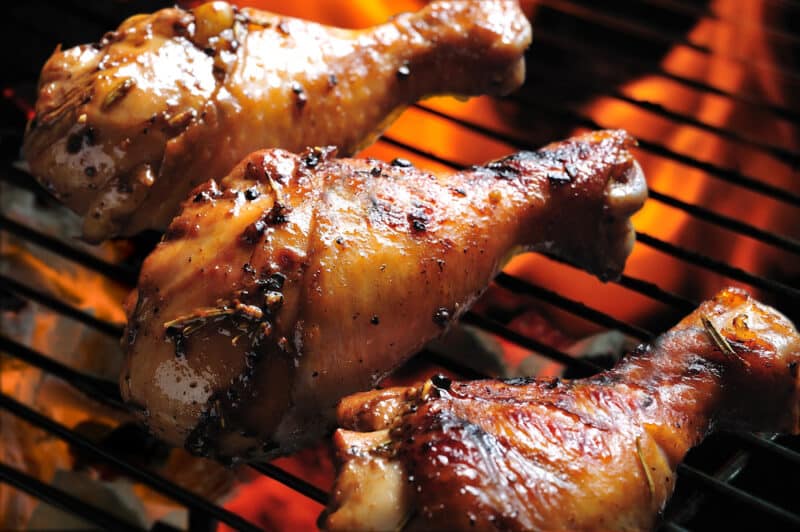How to Use Charcoal Grill Vents for Perfect Temperature Control
TheGrillingMaster.com is reader-supported. If you buy something using the links on our site, we might earn an affiliate commission at no added cost to you. This helps us pay our staff to keep making awesome content for you!
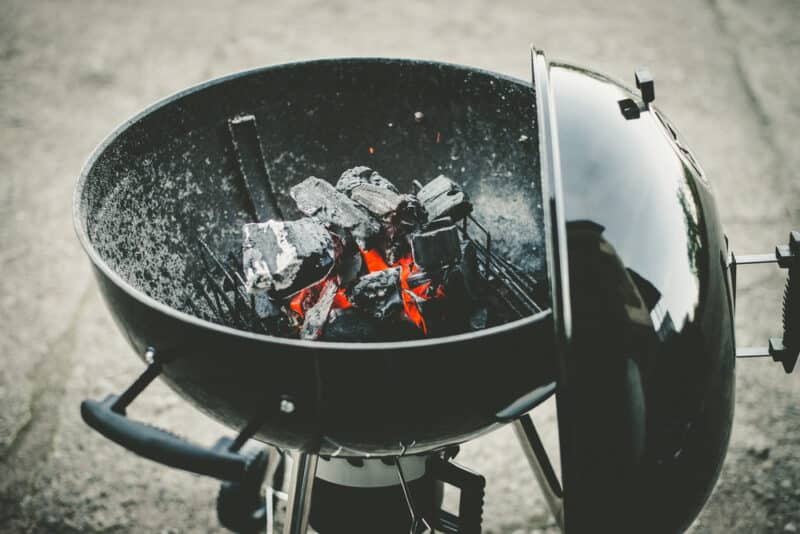
Have you ever felt the frustration of pulling a steak off the grill, only to find it overly charred on the outside while still undercooked inside? You’re not alone—my journey to grilling perfection was paved with its fair share of overdone burgers and unevenly cooked ribs.
But through exploring various grilling techniques, I’ve unlocked the secrets to mastering temperature control using nothing more than my grill’s vents. In this blog post, I’ll walk you through each step so you can achieve that flawless heat management too.
Fire up your grills because it’s time for your barbecue skills to shine!
Key Takeaways
- Mastering the use of vents is crucial for controlling temperature on a charcoal grill. By learning how to open or close these vents, you can adjust the airflow and heat levels as needed to avoid too much char or undercooked food.
- Create a two – zone fire by arranging coals on only one side of the grill for both direct and indirect cooking methods, allowing greater versatility when grilling different kinds of foods.
- Use a thermometer to constantly monitor your grill’s temperature, ensuring that adjustments made to vent positions are effective and help maintain consistent heat throughout the grilling process.
- Prevent flare – ups by keeping your grill clean, using lean cuts of meat, managing spacing between food items on the grille, and considering a drip pan or foil to catch grease drippings.
- Remember external factors like wind strength and outdoor temperatures also affect charcoal grills‘ internal temps. Adjust ventilation settings as necessary during windy conditions or colder days for ideal cooking results.
Understanding Charcoal Grills and Vents
Charcoal grills come in various types, each with its own vent system for controlling airflow and temperature. The vents on a charcoal grill serve the purpose of regulating oxygen intake to control the heat levels within the grill.
Types of Charcoal Grills
Let’s dive into the world of charcoal grills and uncover the different types you might encounter. Understanding your grill options is key to mastering temperature control.
- Kettle Grills:
- Barrel Grills:
- Ceramic or Kamado Grills:
- Portable Grills:
- Built-in Grills:
The Purpose of Grill Vents
Grill vents play a crucial role in regulating the airflow and heat distribution inside a charcoal grill. By adjusting the vents, I can control the combustion rate of the coals, which directly impacts the cooking temperature.
Opening the vents allows more oxygen to reach the coals, increasing their burn rate and raising the grill’s temperature. Conversely, closing the vents restricts airflow, reducing heat production and lowering the cooking temperature.
Understanding how to manipulate these vents effectively is essential for achieving precise temperature control while grilling.
Controlling Temperature on a Charcoal Grill
To control the temperature on a charcoal grill, it’s essential to build a two-zone fire by arranging the coals to create both direct and indirect heat. Adjusting the airflow with the vents will also help manage the temperature, along with maintaining the distance between the food and the coals and using a grill shield when necessary.
Building a Two Zone Fire
To create a two-zone fire on a charcoal grill, push the hot coals to one side of the grill, leaving the other side without coals. This setup allows for both direct and indirect heat cooking. Here’s how to do it:
- Push all the lit charcoal to one side of the grill, stacking them higher on one end.
- Leave the other half of the grill empty of charcoal. This provides an area for indirect cooking.
- Place the food directly over the coals for direct heat grilling or on the side without coals for indirect heat cooking.
- Adjust the position of food as needed to control exposure to heat and achieve your desired level of doneness.
Adjusting Airflow with Vents
To control the temperature on a charcoal grill, adjusting the airflow with the vents is crucial. Here are some tips for managing this:
- Open the vents wider to increase oxygen flow and raise the temperature.
- Close the vents partially to decrease oxygen flow and lower the temperature.
- Position the top and bottom vents in opposite directions for precise control.
- Start with small adjustments and monitor the temperature before making further changes.
- Use a thermometer to gauge the impact of vent adjustments on temperature.
- Keep the vents clean and free from ash buildup to ensure smooth airflow control.
- Experiment with different vent positions to find the perfect balance for your desired cooking temperature.
- Consider factors such as wind and weather conditions when adjusting vent positions for temperature control.
Managing Distance between Food and Coals
To regulate heat on a charcoal grill, adjusting the distance between the food and coals is essential. Placing the food directly over the coals results in higher temperatures, suitable for searing or direct grilling.
Alternatively, creating a two-zone fire allows for indirect grilling by moving the coals to one side of the grill and placing the food on the opposite side. This method helps control temperature fluctuations and prevents flare-ups while providing consistent heat for perfect cooking.
Understanding how to manage heat levels by positioning food in relation to the coals is crucial for achieving desired results when using a charcoal grill. By mastering this technique, I can ensure even cooking and prevent burning or undercooking my grilled dishes.
Using a Grill Shield
When using a grill shield, I can protect delicate foods from direct heat and flare-ups. Placing a shield between the coals and the food helps to regulate temperature and prevents burning, allowing for more even cooking.
By positioning the shield strategically, I can control the level of radiant heat reaching my food, giving me greater flexibility in managing different grilling methods.
To manage temperature effectively when grilling with charcoal, using a grill shield is an essential tool that allows precise control over the cooking environment.
Perfecting Temperature for Different Grilling Methods
Whether you prefer low and slow cooking or indirect vs. direct grilling, mastering temperature control on your charcoal grill is key to achieving perfect results every time. Discover the best techniques for each method by reading the full article!
Low and Slow Cooking
Low and slow cooking involves maintaining a low temperature over a longer period, allowing flavors to develop and tough cuts of meat to tenderize. To achieve this on a charcoal grill, I position the coals to one side, creating an indirect heat zone.
Then, by adjusting the vents, I regulate airflow for consistent low heat. This method is perfect for smoking meats or slow-roasting large cuts such as brisket or pork shoulder.
For low and slow cooking on a charcoal grill, positioning the food away from direct heat is crucial. By using indirect grilling methods with adjusted vents, I can create a stable environment for succulent, flavorful dishes without constantly tending to the fire or worrying about burning my food.
Indirect vs. Direct Grilling
When grilling, it’s important to understand the difference between indirect and direct grilling. Direct grilling involves placing food directly over the heat source, which is great for quickly searing meats and veggies.
In contrast, indirect grilling involves positioning the food away from the coals or flames, allowing for slower cooking at lower temperatures. This method is ideal for large cuts of meat that require longer cooking times or delicate foods that are prone to burning.
Direct grilling allows for a nice charred exterior while keeping the inside juicy and flavorful. On the other hand, indirect grilling provides more gentle heat for even cooking without scorching or overcooking.
Tips for Managing Flare-Ups
Preventing flare-ups is crucial, and I’ll share some tips on how to do it effectively. Read more for all the essential tips for perfect temperature control on your charcoal grill!
How to Prevent Flare-Ups
To prevent flare-ups on a charcoal grill:
- Keep the grill clean by removing excess grease and charred food residue after each use.
- Use lean cuts of meat and trim excess fat to reduce dripping onto the coals.
- Avoid overcrowding the grill with food, leaving enough space between each item to allow air circulation.
- Consider using a drip pan or aluminum foil to catch drippings and prevent them from reaching the hot coals.
- Maintain a moderate heat level by adjusting the airflow through the vents to minimize sudden temperature spikes that can lead to flare-ups.
Dealing with Flare-Ups
Dealing with flare-ups is essential for maintaining a consistent cooking temperature and preventing charred food. Here are some key tips:
- Quickly close the grill lid to starve the fire of oxygen.
- Move the food away from the direct heat source to a cooler part of the grill.
- Use long – handled tongs to remove any burning pieces of food or excessive grease.
- Sprinkle baking soda on small flare – ups to quickly extinguish them without affecting the flavor of the food.
Other Tips for Temperature Control on a Charcoal Grill
Don’t overuse vents, use a thermometer to monitor temperature, and consider other factors affecting heat levels on your grill. Read more about these tips for precise temperature control on a charcoal grill in the full blog post!
Don’t Overuse Vents
Using too many vents can lead to a significant loss of heat and make it challenging to maintain the desired temperature. Opening all the vents wide open may seem like a quick way to get your coals burning hotter, but this approach often leads to excessive airflow that can quickly spike the grill temperature beyond your control.
It’s crucial to strike a balance by adjusting the vents in small increments and monitoring temperature changes closely as you cook.
Overusing vents also increases fuel consumption, which means you’ll need more charcoal for grilling. Instead of relying solely on vent adjustments for temperature control, consider other factors such as coal arrangement, distance between food and coals, and using a thermometer for accurate readings.
Use a Thermometer
To ensure precise control over the cooking temperature on a charcoal grill, using a thermometer is essential. By accurately monitoring the internal temperature of the grill, you can adjust the vents and make necessary airflow changes to maintain the desired heat level for your specific grilling technique.
A good quality thermometer will help you achieve consistent results across various recipes and cooking methods, ensuring that your food is cooked to perfection every time.
Regularly checking and adjusting the temperature with a reliable thermometer allows for better heat management and helps prevent under or overcooking. This simple tool is instrumental in achieving ideal grilling temperatures for different types of meat, ensuring that they are safe to eat while also retaining their juiciness and flavor.
Other Factors Affecting Temperature
When grilling, factors such as wind and air temperature affect the charcoal grill’s internal temperature. On windy days, the grill may require more frequent adjustments to the vents due to increased airflow.
Similarly, in colder temperatures, it may take longer for the grill to reach and maintain the desired heat level. Additionally, the type of charcoal used can impact temperature control.
Lump charcoal burns hotter and faster than briquettes, which burn more consistently but at a lower heat level.
Conclusion
In conclusion, mastering the art of controlling temperature on a charcoal grill is essential for achieving perfect grilling results. Adjusting the grill vents allows precise airflow management, ensuring consistent heat levels and preventing flare-ups.
By understanding the impact of vent adjustments on temperature regulation, you can confidently cook various dishes with ease and precision. Taking charge of your charcoal grill vents will elevate your outdoor cooking experience to new heights.
FAQs
1. What do the vents on a charcoal grill do for temperature control?
The vents on a charcoal grill help control the airflow, which can increase or decrease the cooking temperature and help in managing heat levels during outdoor cooking.
2. How do I adjust grill vents to regulate my charcoal grill’s temperature?
Adjusting air dampers on your charcoal grill helps manage airflow; open them to let more air in and stoke the fire for higher temperatures, or close them slightly to reduce oxygen and lower the heat.
3. Can I control how fast my food cooks by using grill vents?
Yes, controlling airflow with grill vents lets you manage the charcoal grilling temperature, meaning you can cook food at higher temperatures quickly or use lower heat for slow cooking.
4. Should I keep all of my charcoal grill vents open while cooking?
Not always; adjusting both your lid and bottom vent is key to regulating your desired cooking temperature – typically, partially opening both will give you precise temperature control.
5. Will adjusting my charcoal grill’s air dampers affect how smoky my food tastes?
Yes, controlling air dampers for perfect temp management also affects ventilation and smoke level within your grill—open wider for less smoke flavor or narrow down for increased smokiness.
Learn More About Grilling
If you want to learn more about grilling, check out these other helpful resources!

Patrick Harvey
Patrick is a life long grilling enthusiast with an eye for product development and user experience. His expertise helps us test and review all of the products you see the website.
About The Grilling Master
Hi there, I'm Kevin Turner, Founder and CEO of thegrillingmaster.com.
My passion has always been grilling, smoking and BBQ delicious meats that satisfy my inner carnivore!
I started this website to share my passion and knowledge with you, the hungry reader who wants to prepare the perfect meal.
You can leverage my years of experience as a pit master and professional.
Send me a message and let's connect on Twitter here.


